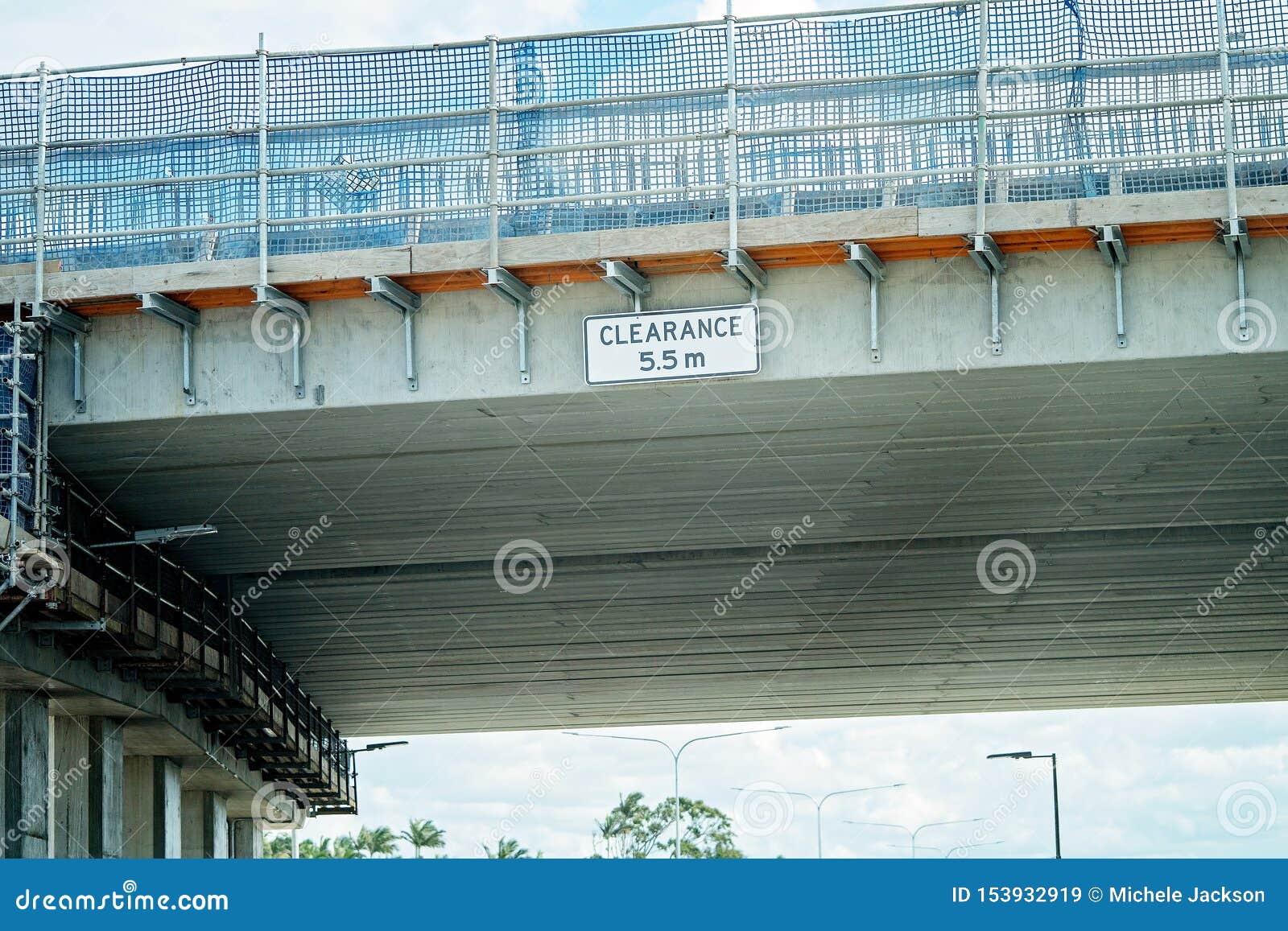


According to an aide, Moses regarded a tunnel as "but a hole in the ground."ĭESCRIPTION OF THE NEVER-BUILT BRIDGE: Moses hired his favorite designer - Othmar Ammann - for the proposed Brooklyn-Battery Bridge. Moreover, this change reflected his own personal philosophy: his eagerness to build impressive monuments for all to see. This change reflected the values of the bankers that would finance such a project: that a bridge would be built for less money, cost slightly less to operate, and carry more traffic. With Moses now in control of the Battery crossing, he changed the original plan from a six-lane tunnel crossing to a six-lane bridge crossing. LaGuardia would have to relinquish control of the New York City Tunnel Authority to Moses. Such a surplus would fund the proposed Battery crossing, but this would come at a price. In a desperate search for funds, LaGuardia discovered the Moses' Triborough Bridge Authority was generating $30 million in surplus revenues. The federal Public Works Administration (PWA) refused to provide additional funds to the city. After spending $105 million on the Queens-Midtown Tunnel and other high-priority projects, the city government was running low on funds. However, its construction was delayed by the deepening economic depression. The proposed tunnel, which also had the support of Mayor Fiorello LaGuardia, was approved by the New York City Board of Estimate in November 1930. Originally envisioned as a three-tube, six-lane tunnel, the crossing was to connect two pieces of Robert Moses' rapidly expanding arterial network: the West Side Highway in Manhattan, and the "Circumferential bypass" (later known as the Gowanus Expressway and the Belt Parkway) in Brooklyn. At that time, city planners noted that the Williamsburg, Manhattan and Brooklyn bridges were together carrying 150,000 vehicles per day, and projected that this number would double in the years ahead. MOSES WRESTS CONTROL OF THE BATTERY TUNNEL AND PLANS A BRIDGE: Proposals for a crossing between the Battery Park in lower Manhattan and the Red Hook section of Brooklyn had been around since 1929. Passenger car EZ-Pass toll (both directions):

Passenger car cash toll (both directions): (Photo by Steve Anderson.)Ĭoncrete used in structural and tunnel lining:Ģ05,000 cubic yards (156.734 cubic meters)Ĩ13,000 cubic yards (621, 583 cubic meters)Ĥ,150,000 cubic feet (117,515 cubic meters) This 2017 photo shows the Manhattan portal and ventilation tower of the Brooklyn-Battery Tunnel (I-478).


 0 kommentar(er)
0 kommentar(er)
